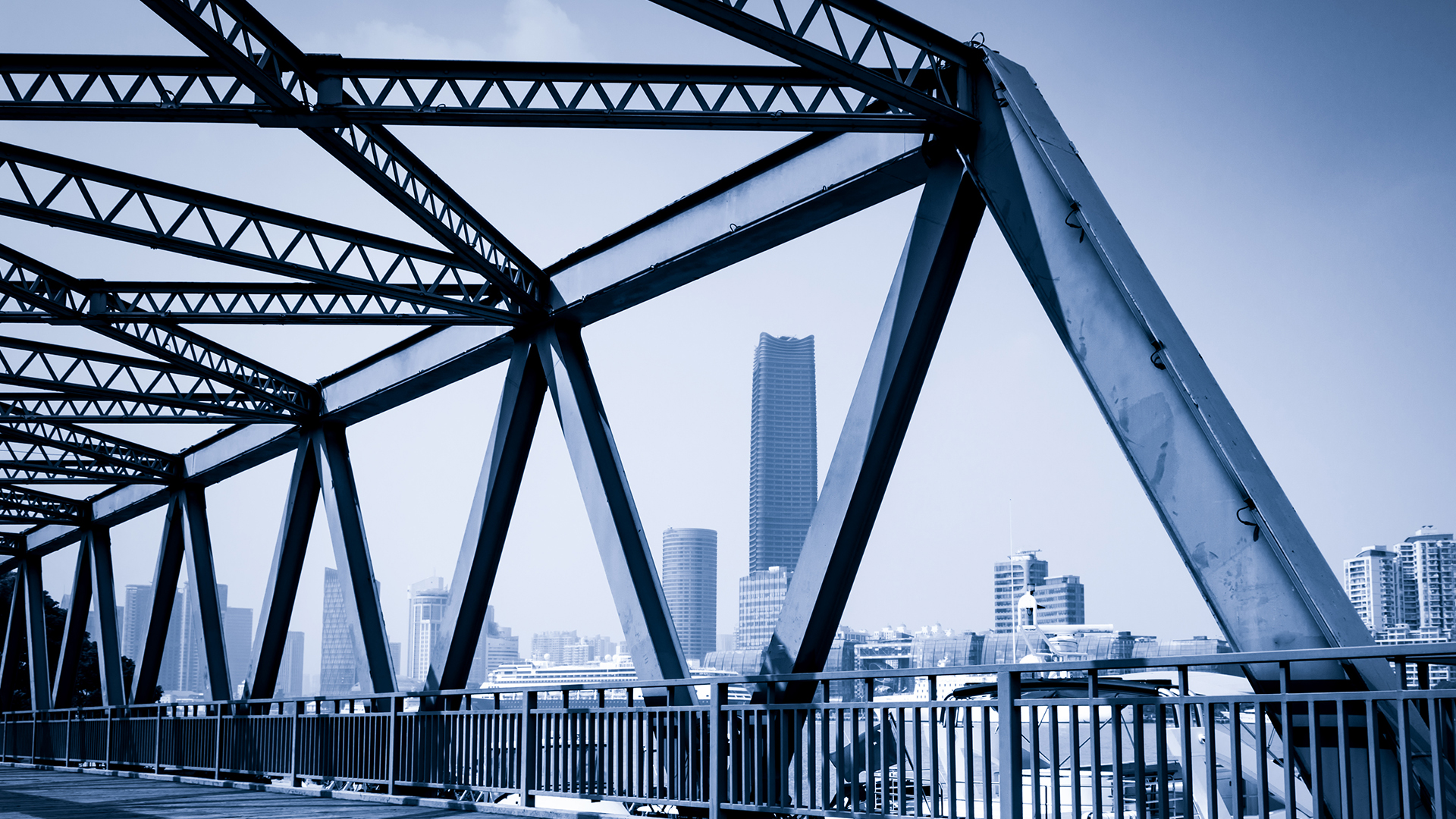…steel industry’s coal-fired blast furnaces are at particular risk of becoming stranded assets. This could be avoided by retrofitting carbon capture technology, says Atanu Mukherjee, CEO, Dastur Energy
There are plenty more hurdles to overcome, though. Solar-powered hydrogen production, while promising in terms of energy density and emissions, is a long way off being economically viable for use at scale. Similarly, carbon capture technologies are expensive and unproven at scale.
Many governments have offered industry grants and subsidies. In the US, for example, President Joe Biden’s Inflation Reduction Act offers tax credits for clean hydrogen and carbon capture, both of which could benefit steelmakers. Yet India’s industrialists complain that they do not have the same support, and the government has not given deadlines for hitting emissions-related targets.
“Right now, there is no incentive for us to do [carbon capture]”, says Sajjan Jindal, managing director of JSW Steel, one of India’s biggest private sector steelmakers. While his companies’ investments in increasing energy efficiency bring down costs and boost returns, carbon capture is “very expensive, so it’s not so simple”.
“It will depend on the government’s policy,” Jindal says. “[If it were] to say, ‘OK, you have to stop it by this time, otherwise you will not be allowed to operate the business,’ for example, that would force us to do it, no matter what the cost.”
Regulations in India’s steel export markets may force the issue. The EU’s flagship carbon border adjustment mechanism, for example, which will start being phased in from October, is an import levy intended to discourage emissions-intensive manufacturers shifting production to countries with looser climate regulations — so-called “carbon leakage”.
“If we want to export into Europe, they will tax us because our steel is not green steel,” says Jindal, arguing that this is “unfair” under World Trade Organization norms.
“Our government does not give us any grants,” he notes. “In Germany, in Spain, in France, huge monies have been given to steel companies.”
